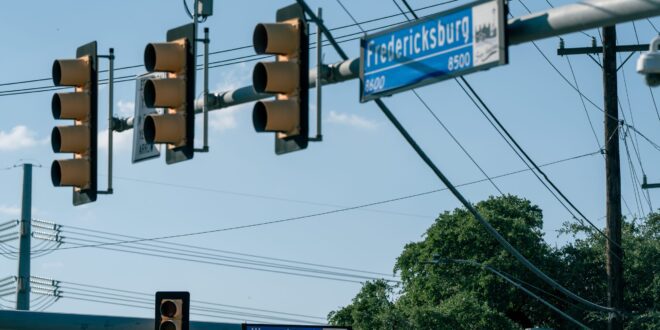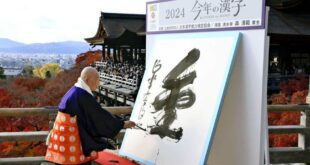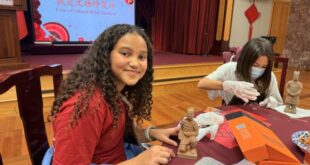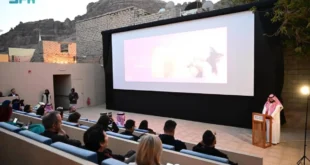San Antonio’s Wurzbach Road Area Working Towards Cultural Heritage District Designation
From the sidewalks of Wurzbach Road in Northwest San Antonio, a variety of Mediterranean, North African, Chinese, Japanese, and Indian markets and restaurants drive heavy pedestrian traffic up to Fredericksburg Road.
The city is now working to grant the area from Wurzbach Road between Fredericksburg Road and NW Military Highway a designation as a cultural heritage district.
A Growing List of Designations
It will be the fourth historical designation in the city. Jefferson Heights was established in 2005, and the Historic Highway 90 Corridor in 2018.
In 2022, the Hockey-Clay Cemetery got its designation.
The Silk Road Cultural Corridor
The Wurzbach Road area, known as the Silk Road Cultural Corridor, is San Antonio’s most culturally diverse district. With resettled refugees from the Middle East and South Asia, it’s also home to the Center for Refugee Services and the nonprofit, Culturingua.
A Community Building Initiative
The designation was first brought up in September in a City Council consideration request. On Thursday, the agenda item went to the city’s Community Health, Environment, and Culture Committee, where Krystal Jones, director of the city’s Arts and Culture department, briefed council members on the creation of the Cultural Heritage District.
The department will now establish dates for community engagement sessions for feedback to consider what local residents would like to name the district.
The key goal is to do cultural mapping of who lives in the area and where, and tell the stories of the residents, Jones said.
The Benefits of Cultural Heritage District Designation
The city’s cultural heritage district designation was established in 2005 to honor and recognize designated corridors for its heritage and cultural stories told there. There are no design review requirements, but it promotes neighborhood pride, economic prosperity, and well-being of the community, discourages demolition, and identifies potential historic resources, Jones told the committee.
“This is very much community building,” Jones said. “There’s been a number of different partners in this area who have applied for different programs like the Main Street America program. We will be bringing them all together to have one collective vision so that when it comes to a state cultural district program or a Main Street America application, we can make sure that the community is coming together to the table for that process.”
Preserving the Community
Nadia Mavrakis, CEO of Culturingua, a nonprofit based in the area that helps low-to-moderate-income families and individuals from the Middle East, North Africa, and South Asia, said the cultural designation is the first step in transforming and improving the area.
“These are community members that have already been forcibly displaced from their homes one time, and that’s why they’re refugees here,” Mavrakis said. “My biggest fear is that they will be forcibly displaced again, through the risks of gentrification.”
A Haven for Refugees
The corridor has grown tremendously in recent years due to the political circumstances in the Middle East and around the world. From late 2021 through 2022, Mavrakis said that more than 4,000 refugees from Afghanistan moved to the area.
Before that, many Syrian and Iraqi immigrants found refuge along the corridor.
Catering to Cultural Needs
Markets, grocery stores, and restaurants in the corridor cater to foods and wares important to the refugees in the area.
Northside ISD has also implemented a new ESL program that supports new students in the district. And when new people move there, they find neighbors who speak the same language and are from the same country.
“It’s truly this kind of microcosm, if you will, of the Middle East, Africa, and Asia right here in the middle of the medical center,” Mavrakis said.
Challenges to Overcome
But the people in the community still face many issues, she said. It’s one of the areas with the highest pedestrian injuries in San Antonio, according to Salud! America.
It’s also an area that has less access to public parks within a 10-minute walking distance than other parts of the city, Mavrakis said.
“My message is that I would urge the city, in addition to the cultural heritage designation, I also would love to see investments in that area in things like public art that represents the culture of the community,” she said.
Progress and Recognition
The designation will go to the HDRC in the fall and will be recognized by City Council.
 Mind Uncharted Explore. Discover. Learn.
Mind Uncharted Explore. Discover. Learn.



